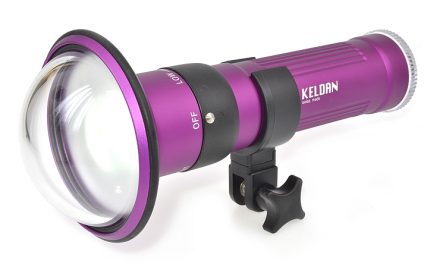Have you ever thought about constructing a DIY dive light? There are a wide range of designs to choose from online, whether you’re looking to retrofit a basic flashlight to take on your next snorkeling trip, or you want to build your own dive light from the ground up. However, not all are alike. First, you will need to consider your personal needs and requirements and how much time and money you’re willing to spend on the project.
Questions To Ask Yourself When Choosing Your Design
- What beam angle and lumen output do you need?
- What is your ideal time for your battery to last?
- How deep do you dive? Has the design been proven to have effective light output according to that depth?
- What is your budget? If you’re interested in making your own DIY dive light, how does the time spent and cost of materials compare to buying one that’s already made?
- Has the design you’ve chosen been confirmed as foolproof? Has it been reviewed by others?
Choosing the Type of Bulb
There are 3 main types of bulbs that may be used in your design: LED, HID, and halogen. There are advantages and disadvantages to each, so consider your individual needs when choosing your DIY plan. Be sure to keep in mind that certain bulbs have a tendency to overheat.
Additionally, if you’re into photography, you’ll want white bulbs rather than yellow. The light output must also be consistent and even. This is a must if you want to capture a realistic range of colors in your images.
How Much Time and Effort are You Willing to Spend?
After you’ve chosen your design, take note of if expensive tools or machinery are required. If you do not already have access to those, buying them can be expensive. Making custom parts is not typically an easily undertaken task for beginners.
You may or may not save time and money when building a DIY dive light. If you don’t have a basic mechanical engineering skill set, it may take more time and effort as detours and learning curves are bound to come along the way. However, if you’re generally a fan of the DIY process, you’ll be sure to have fun with this.





